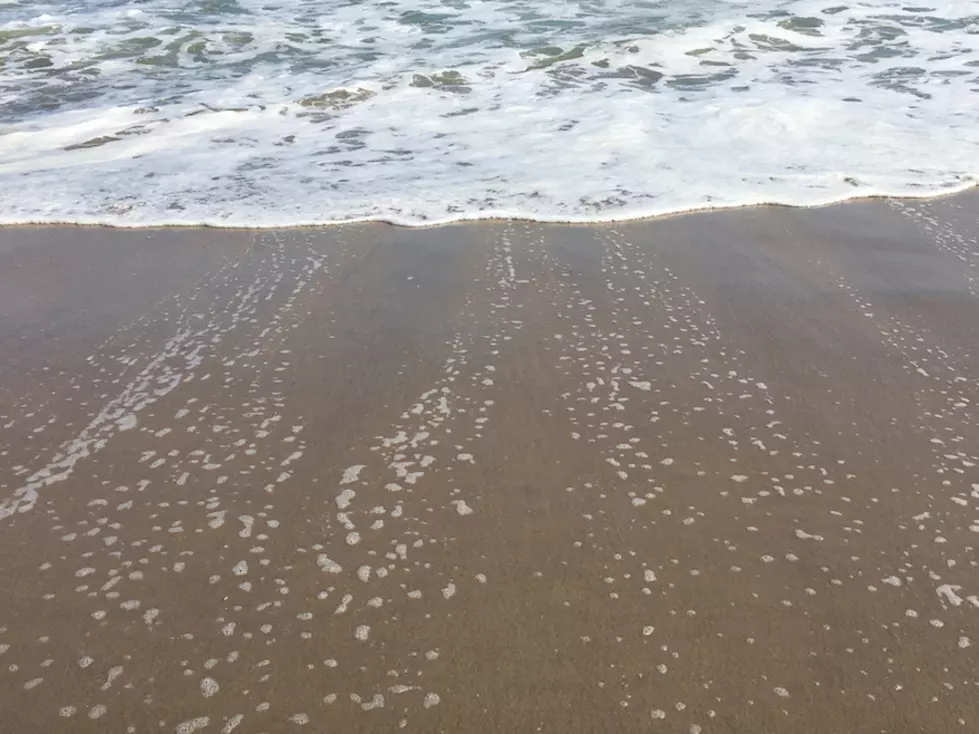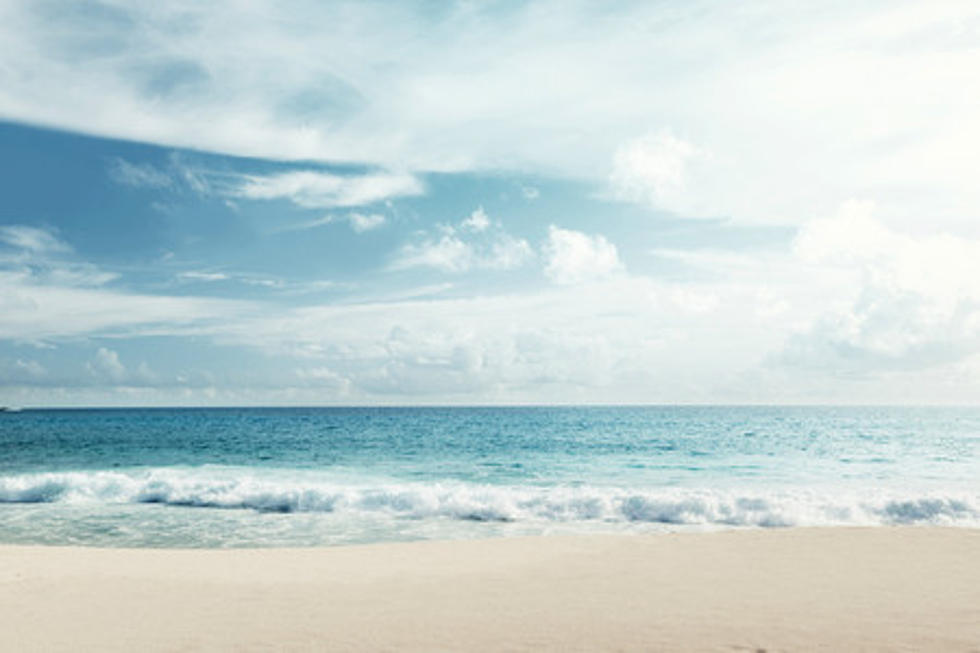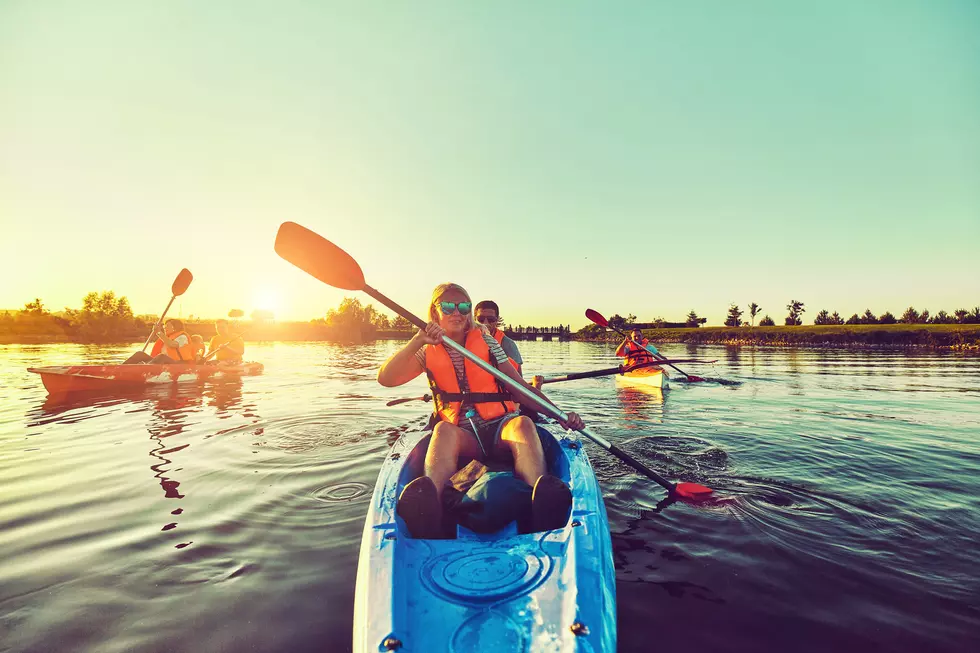
NJ beach report: 35 days of potentially unsafe swimming in 2020, mostly at the bay
On at least 35 days in 2020, bacteria levels at New Jersey beaches indicated that the water was potentially unsafe for swimmers, finds a report released by Environment New Jersey Research & Policy Center.
The overwhelming majority of issues were uncovered at New Jersey's bay beaches, according to the report.
"This really is a tale of two shores, where ocean beaches are historically clean and our bay beaches continue to see some exceedances," said Doug O'Malley, director of Environment New Jersey.
Testing for bacteria levels occurs at more than 200 ocean and bay beaches in the Garden State. Thirty-five times, levels exceeded the U.S. Environmental Protection Agency's "Beach Action Value," which is associated with an estimated illness rate of 32 out of every 1,000 swimmers, the report said.
"The highest number of exceedances for bacteria in our beach waters is found in the Barnegat Bay," O'Malley said. "Ocean County had the highest average percentage of days with potentially unsafe water, but it was all on the bay beaches."
Most notably, the 5th Ave. Bay Front Beach in Seaside Park Borough tested positive for bacteria levels above the safety threshold on 47% of its test days, resulting in potentially unsafe swimming on 14 days. That equated to 12 days of beach closures at the site.
"This problem is on the bayside only," said Seaside Park Mayor John A. Peterson Jr. "We have had some trouble recently at one bayside beach at 5th Avenue which we suspect is related to the state's newly installed stormwater pumping stations."
The key trigger for higher bacteria levels is stormwater runoff. It's funneled into bodies of water and brings outside pollution with it.
O'Malley said bays are more vulnerable than oceans because there's less opportunity in the bay for dirty water to circulate. At the same time, there's a greater amount of development nearby, where stormwater can pick up more pollution.
At least two potentially unsafe days were picked up in 2020 at beaches in Long Beach Township (bay beach), Surf City (bay beach), Lavallette (bay beach), Wildwood, Sea Isle City and Cape May.
"Development pressures continue at the shore and around Barnegat Bay as everyone wants to live by the water," said Britta Forsberg, executive director of Save Barnegat Bay. "We need the continued support of federal and state dollars to update infrastructure, both green and gray, to keep our home waters fishable and swimmable."
The report was released on the same day Congress was set to vote on the Water Quality Protection Act, which authorizes $40 billion over five years for an EPA program that provides communities with low-cost financing for clean water infrastructure projects.
According to the New Jersey Department of Environmental Protection, there are currently no beach closures or advisories.
Trending News Now
More From 92.7 WOBM










